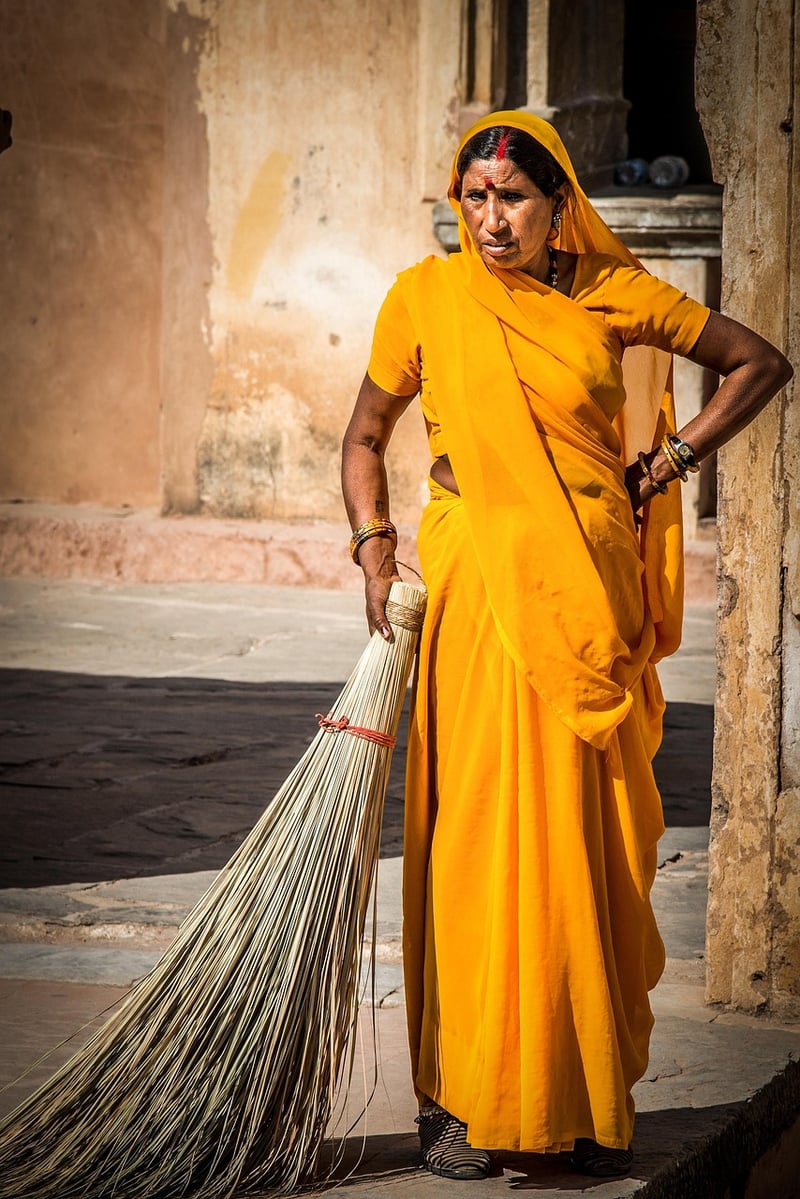Health Guidelines
Prioritizing Safety During Adventures: Health Guidelines

Introduction
Embarking on thrilling adventures can be incredibly exciting, but safety should always be the top priority. Whether you are hiking in the mountains, camping in the wilderness, or exploring new destinations, following health guidelines is crucial to ensure a safe and enjoyable experience.
1. Plan Ahead
Before setting off on any adventure, take the time to plan meticulously. Research the area you will be visiting, understand the terrain, check the weather forecast, and inform someone of your itinerary. Proper planning can help prevent accidents and ensure you are prepared for any situation.
2. Pack Essentials
Ensure you pack essential items such as a first aid kit, sufficient water, high-energy snacks, appropriate clothing, navigation tools, and any necessary medications. Being well-equipped can make a significant difference in emergencies and unexpected circumstances.
3. Stay Hydrated
Hydration is key during any adventure. Drink plenty of water to prevent dehydration, especially in hot or high-altitude environments. Consider using a hydration pack or water purification tablets for longer trips where clean water may be scarce.
4. Follow Safety Guidelines
Adhere to safety guidelines specific to your activity, such as wearing a helmet while biking or using proper climbing techniques during rock climbing. Understanding and following safety protocols can minimize risks and ensure a safe adventure for yourself and others.
5. Listen to Your Body
Pay attention to your body's signals during any physical activity. Take breaks when needed, watch for signs of exhaustion or dehydration, and know when to stop and rest. Pushing yourself beyond your limits can lead to injuries or health complications.
6. Emergency Preparedness
Be prepared for emergencies by knowing how to signal for help, carrying a whistle or signaling device, and having basic knowledge of first aid procedures. In remote areas, consider carrying a personal locator beacon for additional safety.
Conclusion
By prioritizing safety and following health guidelines during your adventures, you can enjoy the thrill of exploration while minimizing risks. Remember that being prepared, staying informed, and listening to your body are essential components of a safe and memorable outdoor experience.
Stay safe and happy adventuring!
